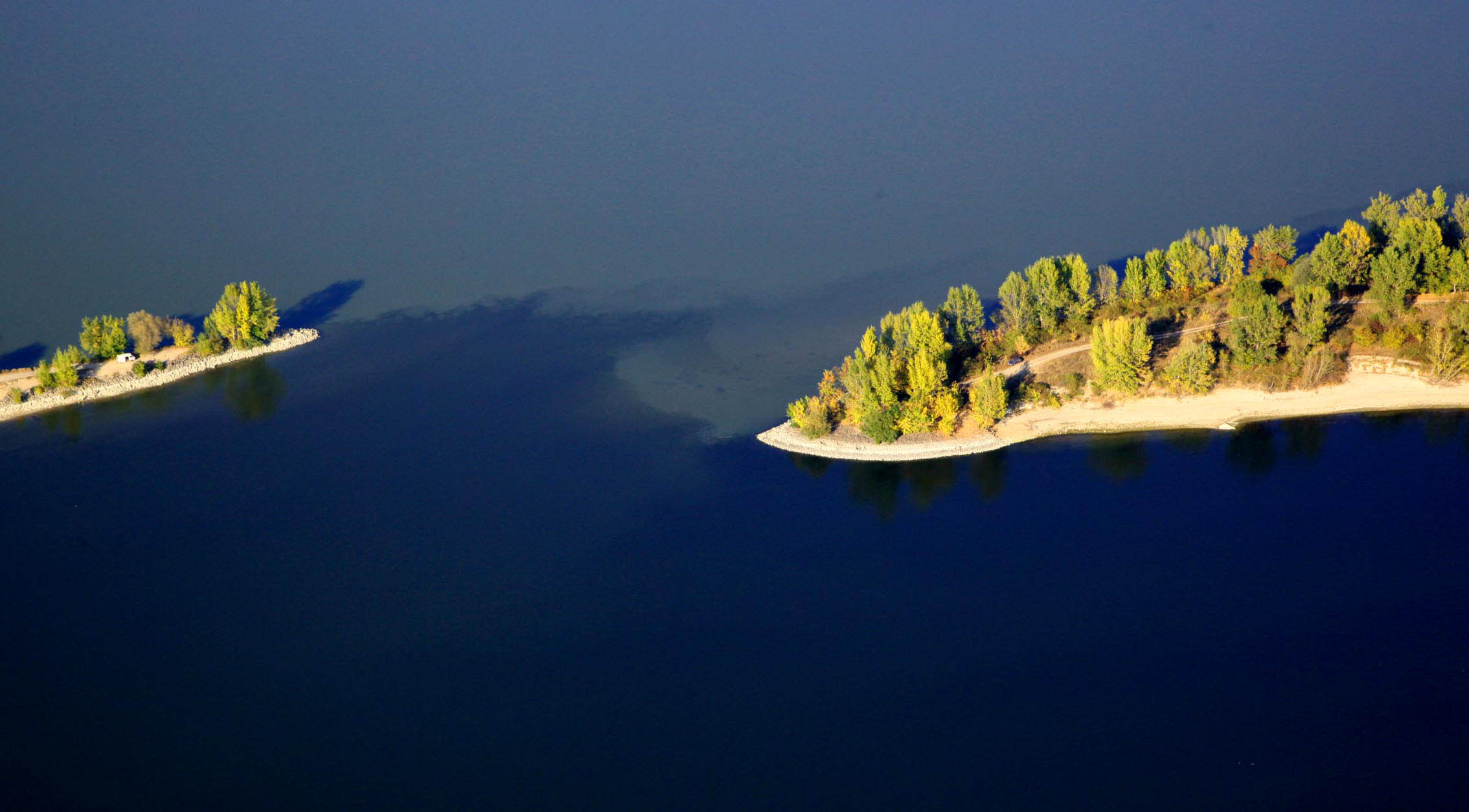Case Study
DANUBEparksCONNECTED – management planning process
Contact name
Matej Marušić
Institution name
DANUBEPARKS Danube River Network of Protected Areas
Region & country
Danube Region
Summary
The aim of this case study is to analyze the management planning process for the project DANUBEparksCONNECTED. This project was implemented between 2017 and 2019, funded by the Interreg Danube Transnational Programme with a project budget of EUR 3.085.412,49 and a partnership that connected 15 project partners and 10 associated partners.

Entrance of the Pilismarót bay
Zsolt Kalotás / Duna-Ipoly National Park
White-tailed Eagle
Hoyer / Donau-Auen National Park
Flooded meadows
Hrvoje Domazetović / Kopački rit Nature Park
Background of the project
The Danube River is a green axis of life, hosting highly valuable biological diversity, and functioning as an essential eco-corridor of Europe. Sadly, fragmentation of ecosystems has become a major threat to biodiversity in Europe. To counteract this ecosystem fragmentation, DANUBEPARKS decided to launch a new project and to strengthen connections between Protected Areas from 9 Danube countries.
When it comes to ecological connectivity on the Danube, Protected Areas preserve the most important natural sites and there is a need to develop stronger connections between them. Transboundary conservation is crucial in protecting large ecosystems and only transnational cooperation can restore and maintain habitat connectivity along the Danube, the world’s most international river. Also, there was a need to present an integrative approach as this is key to the ,development of Green Infrastructure.
Solution and actions taken
During this project, the Danube Habitat Corridor was established and developed by implementing best practice examples for ecological connectivity in three natural elements of air, water and land – DANUBE FREE SKY (air element), WILDisland (water element), Dry Habitat Corridor and Forest Corridor (land element). This is the driving force behind the development of the Danube Habitat Corridor Guiding Principles, which compile experiences from the project and define follow-up actions. The result was an overarching guidance document.
New initiatives were launched during the project. The WILDisland initiative strengthened ecological connectivity and preserved the natural wilderness of Europe by protecting the Danube islands. The DANUBE FREE SKY strategy created a platform for the protection of birds from collision and electrocution with powerlines. DANUBE DRY HABITAT CORRIDOR protected, restored, and conserved the Danube dry grasslands and DANUBE RIPARIAN FOREST CORRIDOR has done the same with riparian forests along the Danube.
Other institutions or parties involved
15 project partners and 10 associated partners were part of this project. A core team consisted of partners managing Protected Areas from 9 Danube countries (Romania, Moldova, Bulgaria, Serbia, Croatia, Hungary, Slovakia, Austria, and Germany). The support of partners like the EU Strategy for the Danube Region (EUSDR) and the International Commission for the Protection of the Danube River (ICPDR) has further anchored the strategic approach of the project.
Results
Local pilot activities and Danube-wide strategies are delivering important findings to improve ecological connectivity in the long term. The project’s emphasis on collaboration has involved various sectors, stakeholders, and the local public. The strategic approach of DANUBEparksCONNECTED was recognized as a good practice initiative on a policy level as well. Also, two follow-up LIFE projects are expecting to start.
Challenges
Good project communication is always a big challenge. The broader the project’s impact, the bigger the team … and the challenge! The different organizational structures of project partners from 9 Danube countries, the different legal frameworks of each State, and the very manner of communication sometimes made it difficult to completely understand each other. However, the diversity of partners also brought rich insights about the effectiveness of management practices.
Lessons learned
Nature is far more complex and interconnected than we are aware of. So, transboundary conservation is crucial in protecting large ecosystems, which is why only transnational cooperation can restore and maintain habitat connectivity along great rivers like the Danube.
Contact name
Matej Marušić
Institution name
DANUBEPARKS Danube River Network of Protected Areas